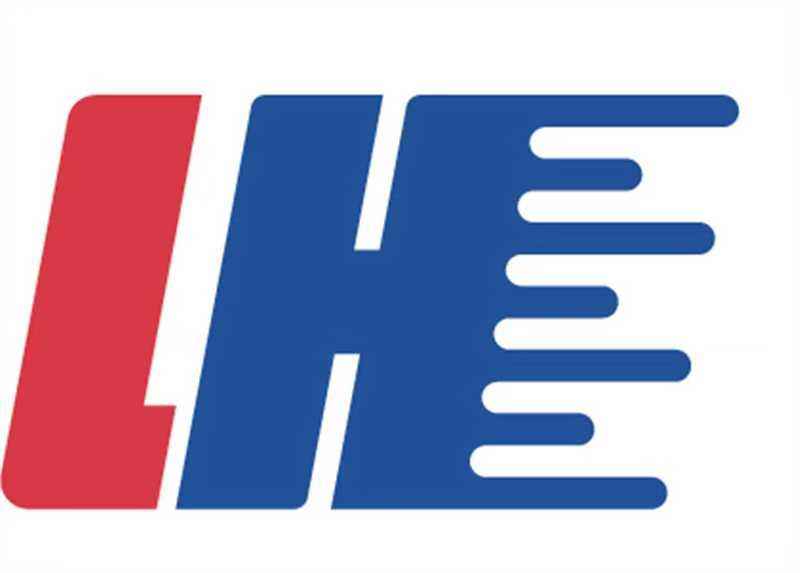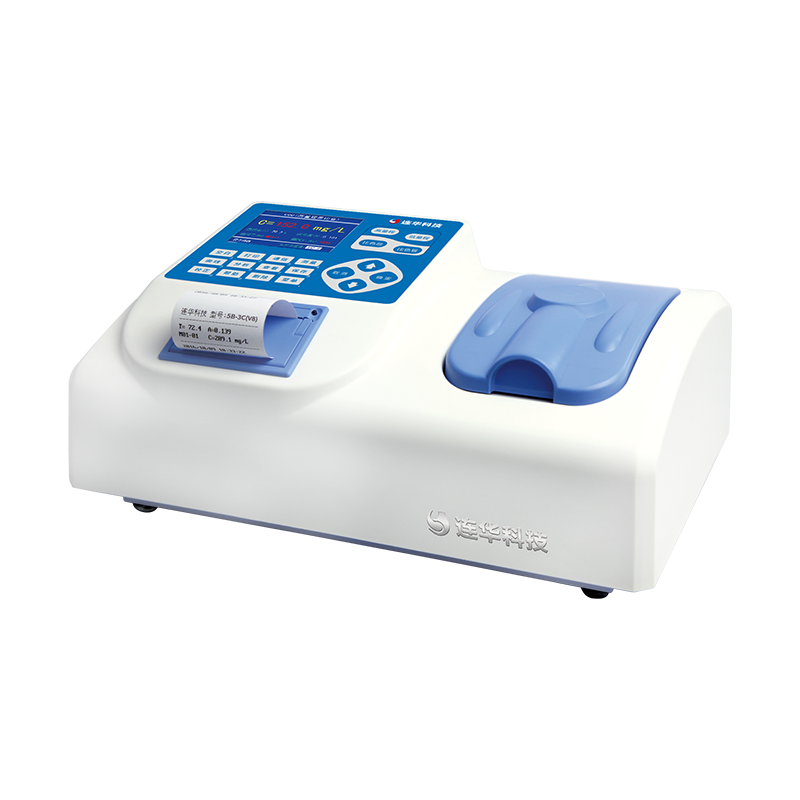Innovative Approaches to COD Analysis for Accurate Water Quality Assessment
The Critical Role of COD Analysis in Water Quality Management
Why COD Measurement Matters for Environmental Safety
COD, or Chemical Oxygen Demand, measures the amount of oxygen needed to chemically oxidize organic compounds in water, serving as a crucial indicator of water quality. Elevated COD levels can signal the presence of harmful pollutants, posing risks to human health and ecosystems. For example, studies reveal a direct correlation between high COD levels and increased risks of eutrophication in water bodies, leading to detrimental algal blooms that deplete oxygen and harm aquatic life. Adherence to environmental regulations, which often set specific COD limits, is vital for protecting aquatic habitats and promoting biodiversity. Failure to maintain these standards not only risks legal repercussions but also causes significant environmental harm that can affect human and ecological health.
Link Between COD Levels and Aquatic Ecosystem Health
Research underscores that elevated COD levels correlate with reduced dissolved oxygen, affecting the sustainability of aquatic life. This relationship highlights the need for regular COD testing to gauge and ensure ecosystem health. High COD readings can indicate water contamination, compromising the food chain and biodiversity crucial to the health of aquatic ecosystems. Understanding COD levels is essential for designing effective conservation strategies and restoration initiatives. This knowledge aids in developing targeted efforts to support ecosystem resilience, ensuring that aquatic environments remain robust against environmental stressors. Monitoring COD is not just about current conditions but is also a proactive step in preserving water quality for future generations.
Evolution of COD Testing Methods
Traditional Dichromate vs. Modern Spectrophotometric Approaches
Traditional COD testing relies on the dichromate method, where organic compounds are oxidized using a potassium dichromate solution. This method, while effective, poses health risks due to the use of highly toxic reagents. Modern spectrophotometric approaches have emerged as safer alternatives, offering quicker and more accurate results while utilizing less hazardous chemicals. These contemporary methods enhance lab safety by reducing exposure to harmful substances and improving operational efficiency. Comparative studies demonstrate that modern spectrophotometric techniques can reduce analysis time by up to 50%, significantly benefiting laboratories in terms of speed and reliability.
Overcoming Limitations of Biochemical Oxygen Demand (BOD) Testing
BOD testing is vital for assessing how much dissolved oxygen is consumed by microorganisms, but it can take up to five days to provide results. This lengthy process makes it less responsive in dynamic water conditions compared to COD testing. COD analysis equips water quality managers with the ability to perform immediate assessments of pollution levels, offering rapid results essential for timely decision-making. Recent advancements in COD testing aim to enhance the reliability of BOD assessments by integrating dual parameter evaluations, thereby ensuring comprehensive water quality management. This integration supports the dynamic monitoring of aquatic environments, paving the way for more informed conservation strategies.
Cutting-Edge Innovations in COD Monitoring Technology
COD Rapid Tester 5B-3C(V8): Features and Benefits
The COD Rapid Tester 5B-3C(V8) is a breakthrough in water quality technology, providing a portable solution for on-site analysis. This tester can generate results in under 30 minutes, allowing for timely interventions necessary in dynamic water environments. Equipped with user-friendly software interfaces, it enables even non-expert users to accurately assess COD levels, broadening the accessibility of water quality testing. Additionally, its built-in data storage capabilities permit users to track and analyze historical trends in COD levels, aiding in long-term environmental monitoring efforts.
Dual Optical System Advantages for Precise Measurements
The dual optical system in COD monitoring devices like the COD Rapid Tester 5B-3C(V8) employs two wavelengths to ensure precise measurements with reduced uncertainty. This innovative technology mitigates interferences from colored or turbid samples, which can skew results in traditional methods. User assessments indicate significant improvement in reliability, with comparative studies reporting over 90% reliability against conventional testing methods. These advancements are crucial in maintaining high accuracy levels in COD analysis and reinforcing confidence in water quality evaluations.
Smart Connectivity Options for Data Management
Smart connectivity features in modern COD testers allow real-time data syncing with cloud-based platforms. This enhancement significantly improves data accessibility and facilitates collaboration among stakeholders. With instant updates on water quality metrics delivered to relevant authorities, decision-making processes are streamlined and more informed. Integrating IoT technologies in COD monitoring devices opens avenues for futuristic applications, such as AI-driven analytics that offer predictive insights into water quality trends, revolutionizing environmental management strategies.
Addressing Challenges in Modern COD Analysis
Reducing Chemical Waste in Testing Processes
Reducing chemical waste in COD testing is becoming increasingly crucial as environmental regulations become stricter globally. By implementing new protocols that require fewer chemical reagents, organizations can significantly decrease the hazardous waste produced in testing processes. This promotes sustainable practices that align with green chemistry principles. For example, some companies have reported up to a 70% reduction in chemical usage due to such innovations. This not only benefits the environment but also reduces costs associated with waste disposal, aligning economic and ecological priorities.
Interference Factors: Chlorine Analyzer Cross-Sensitivity
In COD analysis, chlorine presence can create interference, complicating the accurate assessment of organic pollution levels. Incorporating chlorine analyzers into the testing process can help identify and rectify these interferences, ensuring more accurate results. Networking with these analyzers allows for adjustments in testing protocols tailored to counter cross-sensitivity challenges. Regular equipment calibration and maintenance further contribute to mitigating such interferences. By addressing these factors, facilities can uphold higher testing precision and reliability, essential for maintaining regulatory compliance.
Real-Time Monitoring Solutions for Treatment Plants
Real-time monitoring solutions are revolutionizing wastewater treatment plant operations by providing continuous oversight of COD levels and ensuring adherence to regulatory standards. These systems are equipped to alert operators about escalating COD levels, allowing for swift countermeasures to prevent potential environmental violations. Furthermore, the integration of AI-driven analytics in these solutions enhances predictive capabilities, empowering more proactive management of treatment processes. This approach not only optimizes operational conditions but also contributes to sustainable environmental stewardship through timely interventions.
Implementing Effective COD Assessment Strategies
Optimizing Sample Preparation Techniques
Proper sample preparation is crucial for achieving accurate Chemical Oxygen Demand (COD) measurements. Evolving techniques are focused on reliability across diverse settings. Current methods emphasize automated sample digestion, which minimizes human error while improving repeatability in results. This automation is particularly beneficial in high-throughput laboratories where consistency and efficiency are paramount. Additionally, there is a growing trend towards field tests that enable real-time analysis. These tests allow for immediate sample preparation adjustments to accommodate site-specific conditions, ensuring that results are both timely and relevant. By optimizing sample preparation, laboratories can significantly enhance the reliability of their COD assessments, providing a more accurate reflection of water quality.
Integrating COD Data with Other Water Quality Parameters
Integrating COD data with other water quality parameters such as pH, turbidity, and biochemical oxygen demand (BOD) can provide a comprehensive understanding of a water body's health. This multidimensional approach enables a more precise identification of pollution sources and assists in formulating effective remediation strategies. For instance, by correlating COD levels with BOD, analysts can determine the degree of organic pollution versus microbial activity. Furthermore, collaborative data-sharing among agencies can help establish robust monitoring networks. These networks are essential for enhancing overall water governance, ensuring that water management practices are not only reactive but also proactive in addressing environmental challenges. This integrated approach is vital for making informed decisions that maintain water quality and protect aquatic ecosystems.
Regulatory Compliance and Reporting Best Practices
Staying updated with the latest regulations regarding COD limits and testing procedures is essential for water quality managers. Compliance not only ensures legal adherence but also promotes public trust. Best practices in reporting include transparent communication of COD results, which fosters community trust and accountability. Utilizing standardized reporting formats can streamline compliance processes, ensuring that all stakeholders are efficiently informed. This approach enhances the credibility of environmental assessments and reinforces the importance of regulatory compliance in water quality management. By adopting these best practices, organizations can effectively navigate the complexities of environmental regulations and contribute to sustainable water management.
FAQ
What is the importance of measuring COD in water quality management?
COD measurement is crucial as it indicates the amount of oxygen required to oxidize organic compounds in water, serving as a vital indicator of water pollution levels and helping to protect aquatic life and human health.
How do modern spectrophotometric COD tests improve upon traditional methods?
Modern spectrophotometric methods are safer and more efficient than traditional dichromate tests, offering quicker, more accurate results while using less hazardous chemicals.
How does the COD Rapid Tester 5B-3C(V8) benefit water quality testing?
The COD Rapid Tester 5B-3C(V8) provides fast, accurate on-site analysis of COD levels, with a dual optical system for precise measurement and user-friendly interfaces that broaden testing access.
What advances are there in real-time COD monitoring technology?
Technological innovations in real-time monitoring include smart connectivity for data management and AI-driven analytics, allowing for predictive insights and improved environmental management.
How can facilities reduce chemical waste in COD analysis?
By adopting protocols that require fewer chemical reagents, facilities can drastically reduce hazardous waste, aiding in sustainability and reducing costs associated with waste disposal.


